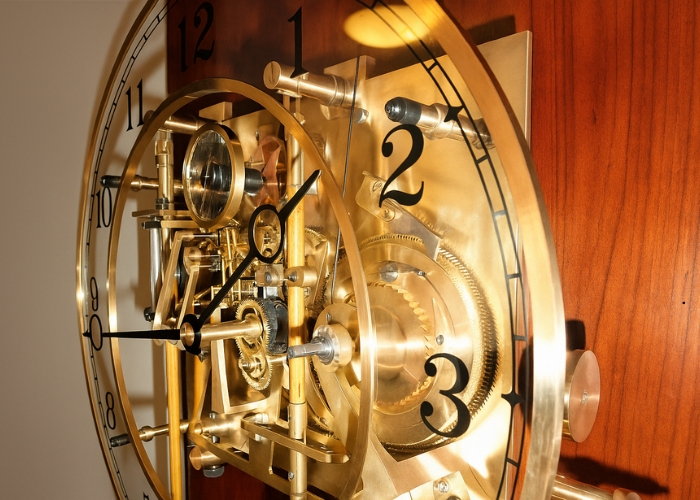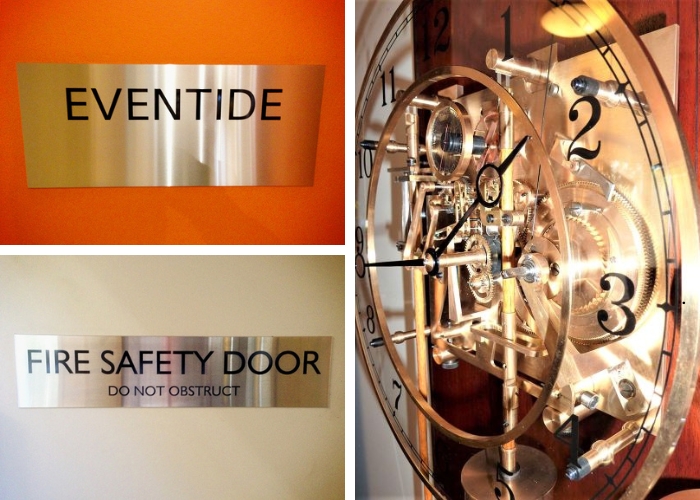The Benefits of Sandblasting and Its Crucial Role in Signage and Industry by Architectural Signs Sydney Sandblasting is an abrasive technique used to smooth, clean, or shape hard surfaces by directing high-speed particles at the material. It is widely used across various industries for both functional and decorative purposes, particularly in signage, where it enhances durability and visual appeal. Key Benefits of Sandblasting
The choice of abrasive material depends on the surface being treated, ensuring optimal results without damage. What Materials Can Be Sandblasted?Almost all hard materials, except diamond, can undergo sandblasting. Common examples include:
Sandblasting MethodsTo create two-dimensional designs (like stars, initials, or logos), a resist material- typically vinyl or rubber- is applied to the surface. This "sandblast resist" protects specific areas from abrasion, allowing only the exposed parts to be etched. Designs are transferred to the resist using carbon paper, pencil, or ink through a method known as pouncing. The uncovered portions are then blasted to produce the desired image.
For more sandblasting options, visit www.arcsigns.com.au. Architectural Signs has been providing innovative signage and engraving solutions from its Castle Hill, NSW facilities for over 30 years, serving both domestic and international clients with high-quality craftsmanship.
|
02 9680 2151 28/8 Victoria Ave, Castle Hill, NSW, 2154
|




 Laser Cutting for Your Business from
Laser Cutting for Your Business from Laser Cutting Benefits from
Laser Cutting Benefits from Customised Building Signage from
Customised Building Signage from Custom Desktop Bar by Architectural
Custom Desktop Bar by Architectural Building Signage for Businesses from
Building Signage for Businesses from Outdoor Signage from Architectural Signs
Outdoor Signage from Architectural Signs Industry Signage from Architectural
Industry Signage from Architectural Custom Corporate Awards for McDonald's
Custom Corporate Awards for McDonald's Name Badges for Staff and Offices by
Name Badges for Staff and Offices by Directory for Hospitals and Clinics
Directory for Hospitals and Clinics Benefits of Signage from Architectural
Benefits of Signage from Architectural Signage for Beauty and Skincare from
Signage for Beauty and Skincare from Seasonal Signage Ideas from
Seasonal Signage Ideas from Long Service Recognition and Specific
Long Service Recognition and Specific Corporate Awards Customised by
Corporate Awards Customised by Sports Signage from Architectural Signs
Sports Signage from Architectural Signs Brass Engraving NSW by Architectural
Brass Engraving NSW by Architectural Safety Signage for Building and
Safety Signage for Building and Commemorative Engraved Plaques from
Commemorative Engraved Plaques from Signage for Beauty and Healthcare from
Signage for Beauty and Healthcare from
